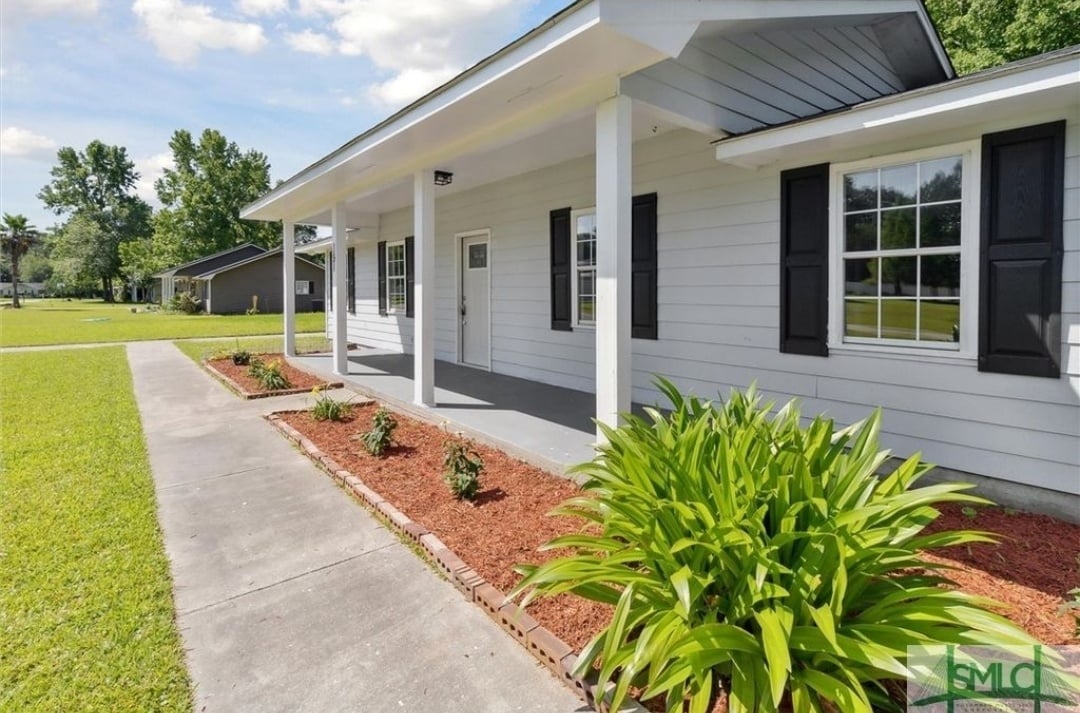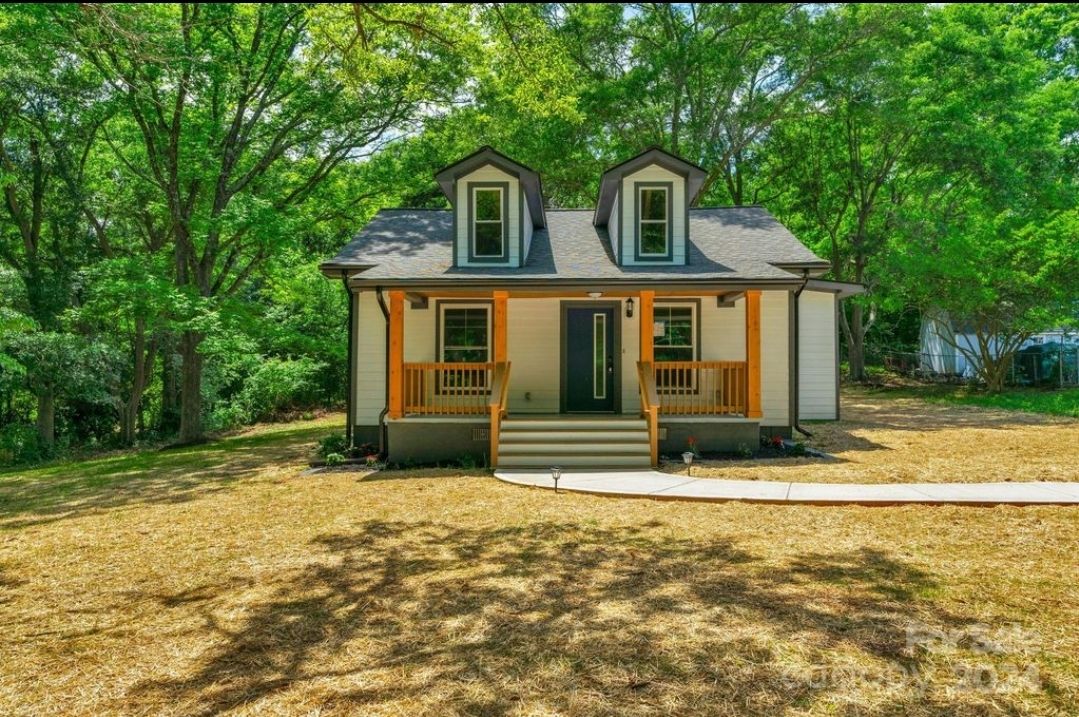Real estate can be a profitable field, but it typically needs a good amount of upfront capital and careful planning. The BRRRR method—Buy, Rehab, Rent, Refinance, Repeat—is a popular way for investors to boost their returns. But what if you could make this process even smoother? That's where bridge loans come in. This post will discuss how to use bridge loans with the BRRRR method to speed up property acquisition, rehabilitation, and refinancing, helping you achieve ongoing success.
Understanding the BRRRR Method
The BRRRR method is a systematic approach to real estate investment that involves five key steps:
1. Buy
The first step in the BRRRR method is to buy a distressed property at a below-market price. These properties often require significant renovations but offer the potential for substantial value appreciation.
2. Rehab
In the rehab phase, investors renovate the property to increase its value. This stage involves everything from minor repairs to major overhauls, depending on the property's condition.
3. Rent
Once the property is rehabbed, the next step is to rent it out. This generates a steady stream of rental income, helping to cover mortgage payments and other expenses.
4. Refinance
The refinance phase involves obtaining a new mortgage based on the property's increased value. This allows the investor to pull out the equity gained through the rehab process, providing funds for future investments.
5. Repeat
With the equity from the refinance, the investor can repeat the process, acquiring additional properties and growing their portfolio over time.
What is a Bridge Loan?
A bridge loan is a short-term financing option designed to bridge the gap between the purchase of a new asset and the arrangement of long-term financing. Typically used to finance real estate transactions, bridge loans offer quick access to capital.
Unlike traditional mortgages, bridge loans are easier to obtain but come with higher interest rates. They are intended for temporary use, providing a fast solution for investors needing to close deals quickly.
Bridge loans often require a personal guarantee and have interest rates that are higher than those of conventional mortgages. The loan amount is usually based on the property’s value after rehabilitation, making it a suitable option for those following the BRRRR method.
How Bridge Loans Complement the BRRRR Method
Buy Phase
Bridge loans facilitate the buy phase by providing quick access to funds, allowing investors to seize opportunities without waiting for traditional financing. This speed is crucial when purchasing distressed properties that may not last long on the market.
Rehab Phase
During the rehab phase, bridge loans can cover renovation costs, ensuring the property is upgraded to meet market standards. This allows investors to transform distressed properties into valuable assets efficiently.
Rent Phase
In the rent phase, because bridge loans are typically interest-only loans, it may be easier for rental income to offset loan payments until long term financing comes into place.
Refinance Phase
The refinance phase converts short-term debt into long-term financing. By refinancing, investors can pay off the bridge loan and pull out equity, setting the stage for the next BRRRR cycle.
Steps to Use a Bridge Loan with the BRRRR Method
Step 1: Property Acquisition
Finding the Right Property
Look for distressed properties with potential for value appreciation. Market research, networking, and property auctions can help find these lucrative deals.
Applying for a Bridge Loan
Reach out to lenders specializing in bridge loans. Provide necessary documentation, including property details, rehab plans, and financial statements. Ensure you understand the loan terms before committing.
Step 2: Rehabilitation
Budgeting for Renovations
Create a detailed budget covering all aspects of the rehab. Include costs for materials, labor, permits, and contingencies.
Managing Rehab Projects with Bridge Loan Funds
Use the bridge loan to finance the renovation. Hire experienced contractors and monitor progress closely to ensure the project stays on schedule and within budget.
Step 3: Renting Out the Property
Setting Rental Rates
Research local market rates to set competitive rental prices. Consider factors like property condition, location, and amenities.
Finding and Managing Tenants
Market the property through online listings, social media, and local advertising. Screen potential tenants carefully to ensure reliable occupancy. Consider hiring a property manager for ongoing tenant management and maintenance.
Step 4: Refinancing
Evaluating the Property's Increased Value
Once rehab is complete and the property is rented, get it appraised to determine its new market value. This increased value will be the basis for refinancing.
Refinancing Options to Pay Off the Bridge Loan
Explore different refinancing options to secure the best terms. Work with lenders who understand the BRRRR method and can offer flexible terms.
Step 5: Repeating the Process
Using Equity to Fund the Next BRRRR Cycle
With the equity from the refinance, start the process again. Reinvest in new properties, using the same steps to grow your real estate portfolio.
Pros and Cons of Using Bridge Loans in the BRRRR Method
When evaluating bridge loans in the BRRRR method, it's important to look at both their pros and cons. Bridge loans can be a useful tool, offering short-term financing that helps execute real estate strategies quickly. However, like any financial option, they also carry risks and potential downsides.
Pros
- Speed and Flexibility - Bridge loans provide quick access to funds, allowing for fast property acquisitions and immediate renovations.
- Access to Renovation Funds - These loans cover rehab costs, enabling investors to transform distressed properties into valuable assets.
- Leverage for Long-Term Gains - Bridge loans offer short-term financing that can be leveraged for long-term gains through the BRRRR method.
Cons
- Higher Interest Rates - Bridge loans come with higher interest rates compared to traditional financing, increasing overall costs.
- Risk of Not Completing the Refinance Stage - If the refinance stage is not completed successfully, investors may face financial strain.
- Potential Financial Strain - Delayed rental income or unexpected rehab costs can create financial challenges, making it crucial to have contingency plans.
Tips for Successfully Using Bridge Loans with the BRRRR Method
Research Potential Properties Thoroughly
Conduct thorough due diligence on potential properties to ensure they meet your investment criteria.
Work with Experienced Contractors and Property Managers
Hire professionals with a proven track record to handle rehab projects and property management.
Maintain a Strong Credit Profile for Refinancing
A good credit profile increases your chances of securing favorable refinancing terms, making it easier to pay off the bridge loan.
Have a Clear Exit Strategy for Each Property
Plan your exit strategy in advance, ensuring you have a roadmap for each stage of the BRRRR process.
Conclusion
The BRRRR method is a powerful strategy for real estate investors, offering a systematic approach to property investment. By incorporating bridge loans, investors can expedite the process, making it easier to acquire, rehab, rent, and refinance properties. While there are risks involved, careful planning and execution can mitigate these challenges, leading to successful investments and long-term gains.
If you’re ready to explore bridge loans as a financing option for your real estate investments, contact SkyBeam Capital today!





.webp?width=851&height=771&name=Location%20Guide%20Cover2%20(1).webp)

